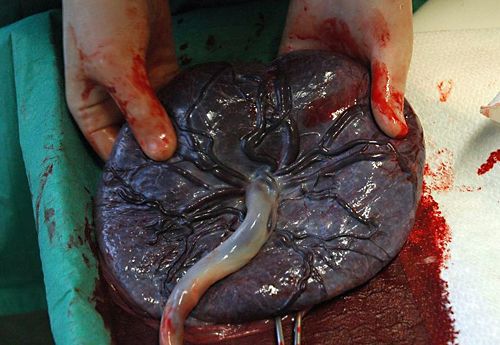-
 Carbonado
Carbonado
-
 Synaptic junction
Synaptic junction
-
 IOPC Funds
IOPC Funds
-
 Technical assessment
Technical assessment
-
 Severe persistent asthma
Severe persistent asthma
-
 Native Command Queuing
Native Command Queuing
-
 London Convention
London Convention
-
 Communications controller
Communications controller
-
 Semi-major axis
Semi-major axis
-
 Wettability
Wettability
-
 Complex
Complex
-
 Cervical cap
Cervical cap
-
 Epigenetic
Epigenetic
-
 Osteoclast
Osteoclast
-
 Razorback
Razorback
-
 Mira Ceti
Mira Ceti
-
 Abscess
Abscess
-
 RADSL
RADSL
-
 Atherosclerosis
Atherosclerosis
-
 IFREMER
IFREMER
-
 Cocoon
Cocoon
-
 International Space Station
International Space Station
-
 Light field microscope
Light field microscope
-
 Saline aquifer
Saline aquifer
-
 Oblique illumination microscope
Oblique illumination microscope
-
 Geomorphosis
Geomorphosis
-
 Barred galaxy
Barred galaxy
-
 Internal combustion hydrogen engine
Internal combustion hydrogen engine
-
 Plant litter
Plant litter
-
 Notonecta
Notonecta
Placenta
The placenta is a generally round or ovular organ with an average diameter of approximately 22 cm. It weighs approximately 450 g and is approximately 2.5 cm thick at the centre of the placental disc. One of its most fundamental roles is to allow exchange of substances in the mother's blood with those in the foetus through different ducts, without ever placing the two in direct contact and therefore providing nutrients and oxygen to the embryo while removing waste (carbon dioxide, urea, etc.) at the same time.
These substances cross the blood-placental membrane which is an effective barrier against some pathogens. On the other hand, drugs and alcohol but also viruses and some parasites can cross from one body to another and cause malformations in some cases (delayed development, mental retardation and physical abnormalities).
 Human placenta Credit: Flickr (author Inferis) public domain
Human placenta Credit: Flickr (author Inferis) public domain
Latest
Fill out my online form.



